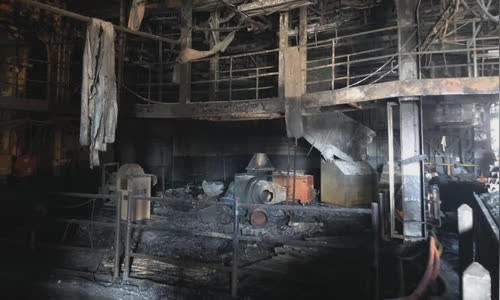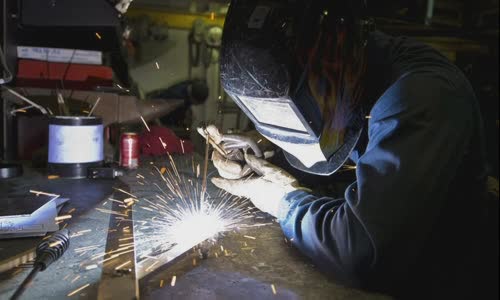A series of fire issues put American warships at greater risk of mooring and maintenance at home ports than on offshore missions.
The US Navy is at risk of losing billions of dollars because of the amphibious ship attack on USS Bonhomme Richard.

A ship compartment was damaged on USS Bonhomme Richard after the fire Photo: US Navy
"The answer may make many people nervous. US warships are the most vulnerable at home," said Aaron Amick, a former US nuclear submarine officer.
The fire happened on the morning of July 12 when USS Bonhomme Richard was about to complete a two-year, $ 250 million refurbishment and maintenance program at the General Dynamics Group's NASSCO factory and transfer to Pier 2 at the military port.
"This means that many fire protection systems on board stop working when a fire breaks out. The compartments can be filled with flammable materials while factory personnel welded the parts to the hull," he said.
The aisle between the compartments is also filled with cables and air ducts, many electrical panels and equipment are also installed in important areas, making the moving space narrower.
"Warships are always in a dirty state for long-term maintenance. Dirt, plastic debris and oil often accumulate in hard-to-see corners, easily becoming a fire if the factory staff doesn't pay attention. A ship.
Human factors also contribute to the fire, whether accidentally or intentionally.

Sailors weld metal parts on USS Bonhomme Richard Photo: US Navy
Experienced sailors will be transferred to other battleships when their ships are in long-term ports for maintenance.
"The lack of familiarity with the ship will lead to a delay in the incident response. The risk of a disaster will increase significantly if the experienced crew is not present," Amick said.
In addition, maintenance warships often have only crew members shortened to the minimum number of people, leaving them not enough manpower to handle emergencies.
"The maintenance environment in the port can also lead to disciplinary problems. The crew sees the ship disassembled and understand that they do not have to remain vigilant for months at sea. They will easily feel complacent.
The threat to the US warship at port was once again demonstrated when the amphibious assault ship USS Keasarge was burned while undergoing maintenance at the NASSCO plant on July 17.
After the fire, the US Navy ordered to stop all maintenance activities at NASSCO to ensure fire protection regulations.



 Ennixam Ame
Ennixam Ame







